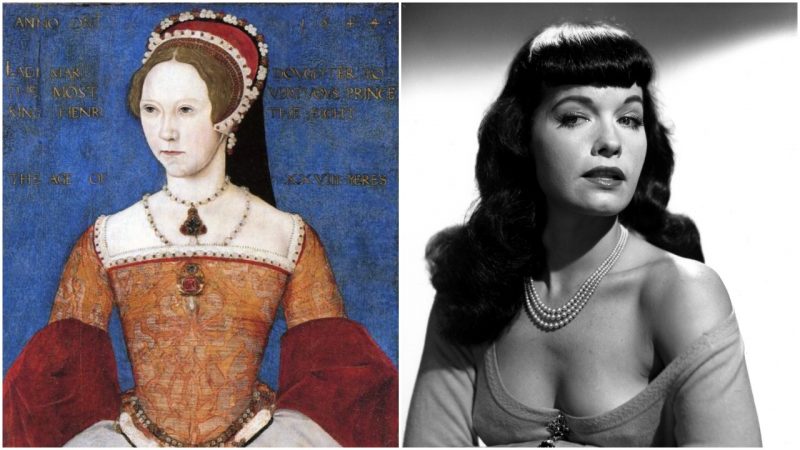These days, more than ever before, we are witnessing a gradual opening of the Pandora’s box regarding women and their role in history.
In this so-called “man’s world” we now learn about fierce, fearless feminine figures who not only had the courage to oppose the social restrictive norms at the time but also used their individuality or role of “femme fatale” to change the world around them.
From the one and only queen of Pinups to the lady who ascended her horse naked, here are the stories of several powerful women whose names are staples in the history of feminine world power.
Bettie Page
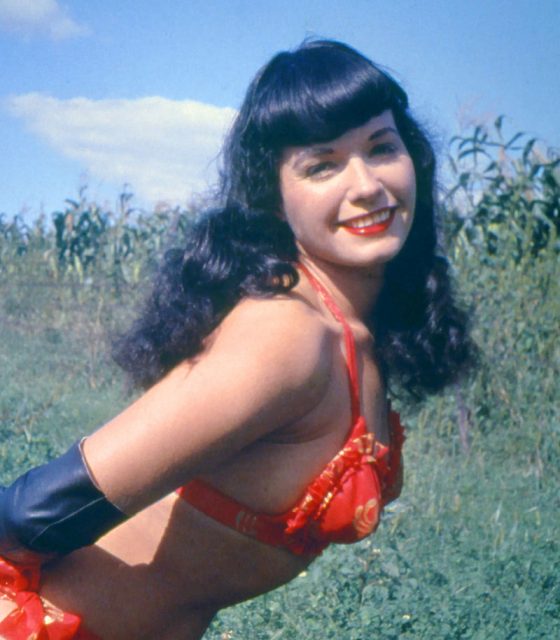
An iconic figure in pop culture with a flair of extravaganza when it came to sexuality and fashion.
Actually, Bettie Page, the so-called “Queen of Pinups,” mastered combining these two in one as she became one of the earliest pin-up models who posed for Playboy magazine in January 1955.
As a young girl, Betty moved to New York aspiring to become an actress, however, when she met America’s first “fetish” photographer, Irving Klaw, she easily adapted to the role of a fetish model, receiving the nickname “The Queen of Bondage.” Celebrating feminine curves, Klaw presented Betty’s flattering hourglass shape enhanced in waistlines, tight bodices and knee-length skirts.
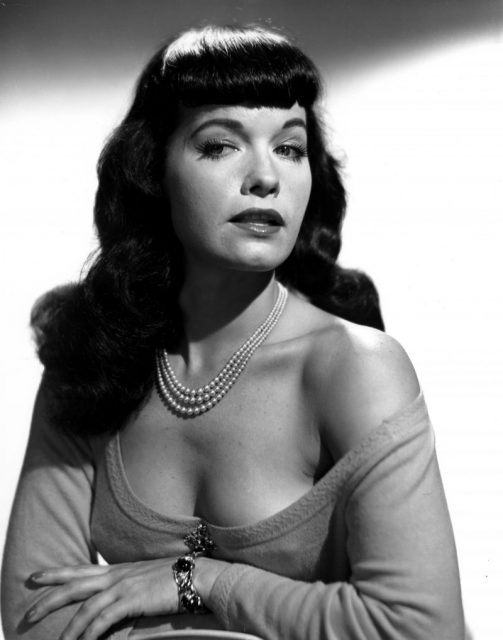
Despite the admiration of the pinup queen by the majority, some considered Klaw and Betty’s work as outrageous.
His photographs were considered deviant, perverted and violent, thus he ended up in court during the Kefauver Hearings of the Senate Subcommittee on Juvenile Delinquency.
Although Klaw escaped charges, he was forced to burn his prints and negatives. This was followed by a career fadeout for both Betty and Klaw.
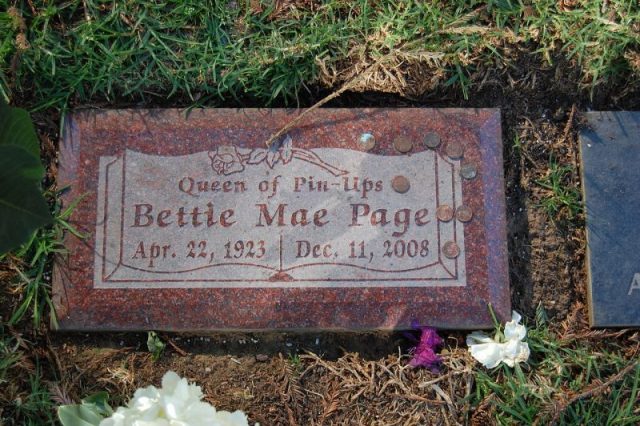
Reportedly, when Page vanished from the public eye she suffered from clinical depression and paranoia attacks which were later conquered by her strong devotion to a Christian religion.
Two decades later, despite her infamous rename, the figure and work of Page proved its value when she became the main inspiration of several artists such as Eric Santon, Robert Blue, and Olivia De Berardinis who painted her images during the 1970s and the 1980s.
In a 1998 interview for Playboy, Page commented on her career: “I never thought it was shameful. I felt normal. It’s just that it was much better than pounding a typewriter eight hours a day, which gets monotonous.” She died aged 85, in 2008.
Joanna Hiffernan
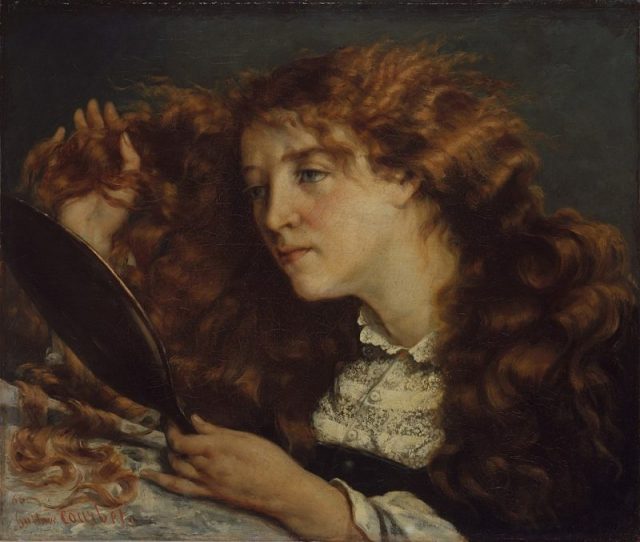
This Irish lady was the muse of the two eminent artists of 19th century, Whistler and Courbet. At the time, models who inspired and posed for artists, most frequently nude, were considered loose women and maybe just a level above prostitutes.
Joanna Hiffernan, however, enjoyed certain privileges with her infamous position in the society. She was not only beautiful but very witty and fearless–traits that attracted many men during her lifetime and yet equally repulsed others.
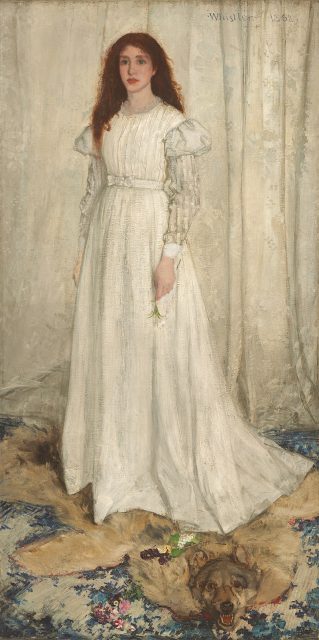
She and James Abbott McNeill Whistler met in 1860, fell in love and kept their love relationship for six years.
During this period, Hiffernan modeled for several of Whistler’s most famous paintings, the portraits A White Note and The White Girl. However, the artist’s family despised the idea of their unity and never accepted Joanna in the family due to her social status.
Despite Hiffernan’s continuous fidelity during her years with Whistler, in the autumn of 1865 she and Whistler met the French painter Gustave Courbet who broke the spell of the two lovers. Captivated by Hiffernan, who agreed to pose for him, Courbet quickly forgot about his friendship with Whistler and started an affair with Joanna. The result of this love triangle was the famous Courbet’s artwork Portrait de Jo, la belle Irlandaise.
Wallis Simpson

Hardly any woman can boast “an abdication of a king’s throne” when it comes to outcomes of seducing men but Wallis Simpson is certainly one who can.
Known as an American socialite, Wallis was born in 1896 and by the mid-1930s was already twice divorced. In 1936, she married the British King Edward VIII.
This anti-establishment marriage provoked a scandalous crisis in the United Kingdom since Wallis was twice an ex-spouse before marrying the King–an outrageous circumstance banned by the Church of England.
Nevertheless, Edward protected his will and love for Wallis and rejected any criticism over the idea of their “improper” marriage.

Consequently, Edward abdicated from the throne in order to marry her and was succeeded by his brother Albert, who would be known as King George VI.
The newlyweds received the titles Duke and Duchess of Windsor.
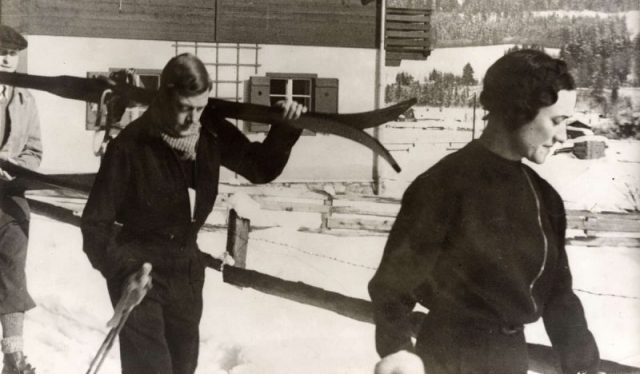
In 1936, Time magazine named Simpson “The Woman of the Year” due to her controversial marriage; an acknowledgement that had previously been “Man of the Year,” after that became Person of the Year.
Marchesa Luisa Casati

“I want to be a living work of art,” said the Italian heiress and hedonist Marchesa Luisa Casati, and made her dream come true by living an extravagant, riotous life.
Known as an enchantress among her European contemporaries, Casati was the muse of numerous artists such as Giovanni Boldini, Paolo Troubetzkoy, Romaine Brooks, and even the founder of the Italian Futurism, F.T. Marinetti.
All these men enjoyed painting Casati who warm-heartedly hosted them in her home on the Italian island of Capri.
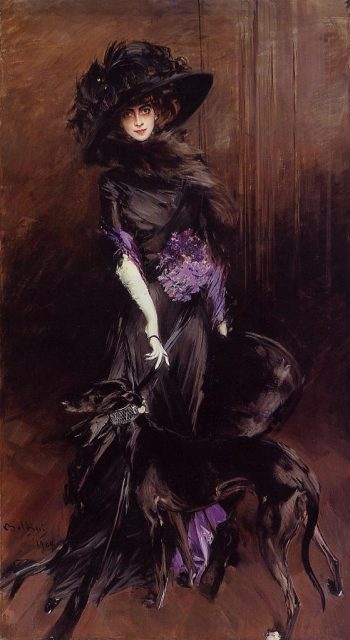
What was so special about Casati?, one might ask. Reportedly, it was not about her beauty, but her lavish persona and aristocratic eccentricity. She was six feet tall and very skinny, attributes not considered conventionally attractive at the time.
The fiery red hair, bleached white skin and long, kohl eyelashes added to the velvety gowns and luxurious props (pet cheetahs and living snakes as jewelry), left both men and women captivated by the fierce uniqueness of this woman.
Cleopatra VII Philopator
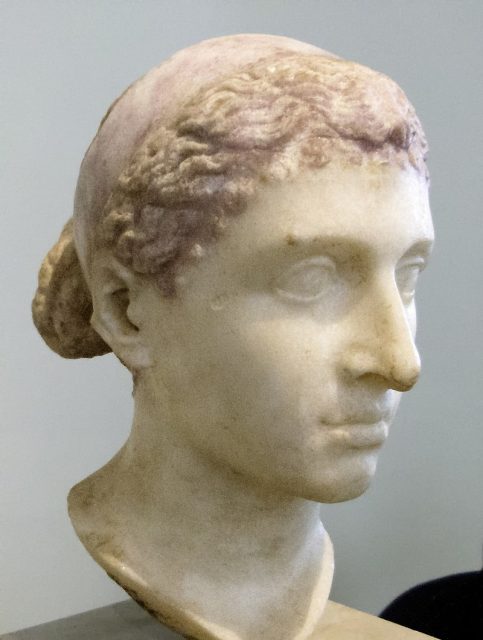
A powerful queen, an adored lover and a woman who indulged in beauty rituals, Cleopatra is known as one of the most powerful female rulers in world history.
In general, female rulers were considered subordinate to their male consorts but Cleopatra’s shrewd, charismatic persona proved the opposite.
She was the last ruler of ancient Egypt who survived as a pharaoh by her son Caesarion.
As a pharaoh successor of Alexander the Great, Cleopatra successfully furthered her political objectives by presenting herself as a reincarnation of the Egyptian goddess Isis.
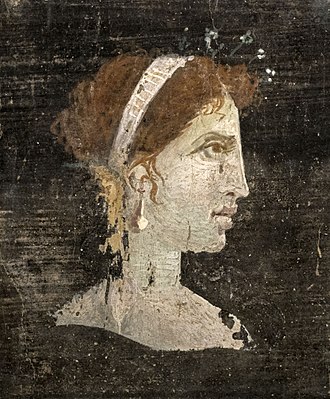
Reportedly, this remarkable woman was seductive enough to captivate Julius Caesar and sneak into his palace. Caesar was so enchanted by Cleopatra he gave up his attempt to annex Egypt and embraced Cleopatra as ruler of Egypt.
When Egypt came face to face with the power of the Roman Empire, she still succeeded to preside over Egypt and even tried do likewise with its opponent, Rome.
Despite her rich professional biography, she was a great aficionado of beauty rituals. Cleopatra was a pioneer of red nail polish, milk baths, eyeliner and even sugar hair removal.
Her end was tragic though as she committed suicide together with her second husband Mark Anthony.
This partnership was Shakespeare’s inspiration for his play Antony and Cleopatra.
10 Influential Quotes from 10 Powerful Women of the 20th Century
Isadora Duncan
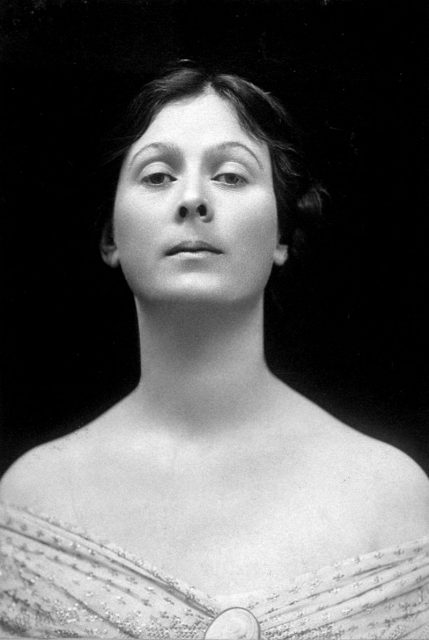
Isidora was a progenitor of modern dance. She invented revolutionary dance movements and techniques, which were inspired by Greek imagery and Italian Renaissance paintings and accompanied by classical music.
A real choreography hit in Europe, Isidora danced in the homes of the financial elite before she reached stardom in Budapest, Hungary.
Her career breakthrough was followed by sold-out tours around Europe in the early 1900s during which she was much adored by the audience. Moreover, she “put a spell” on many artists who translated their praise into works of art, poetry, and sculpture.
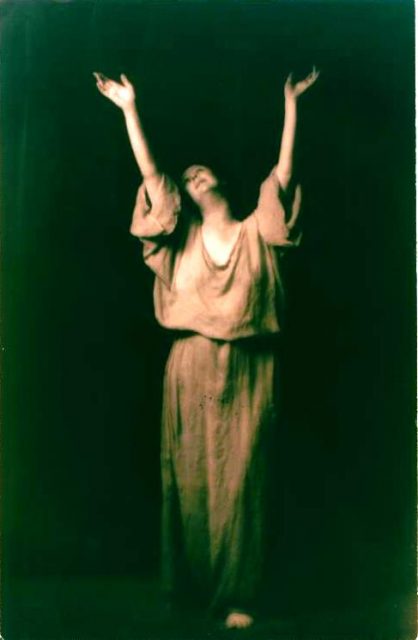
Duncan’s career thrived with the opening of her dance schools in which she taught the then-controversial dance style based on ancient rituals which was criticized for subverting the old-fashioned ballet constructions and introducing free-flowing moves that largely accentuated the female body.
Duncan was also a recognized feminist who, by having two children and yet stayed unmarried, defied social restrictive norms upon women’s marital status and birth control at the time.
Her scandalous lifestyle included communist support, atheism and a bisexual affair with the American author Mercedes de Acosta.
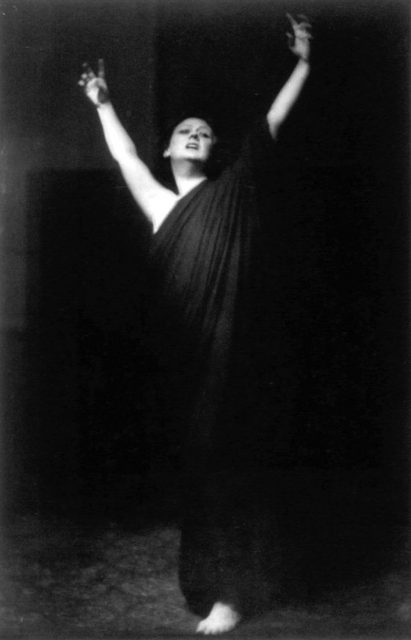
During her lifetime, Duncan’s life was tragically disturbed when the both of her children and their nanny died in a car accident.
Later, Duncan continued working in Russia where she was appreciated for her revolutionary technique and was even honored with a patronage from Vladimir Lenin.
In 1922, she married the Russian poet Sergey Yesenin who had serious issues with his mental health resulting in his suicide soon after their wedding. Duncan died several years later in 1927.
Mary I, Queen of England
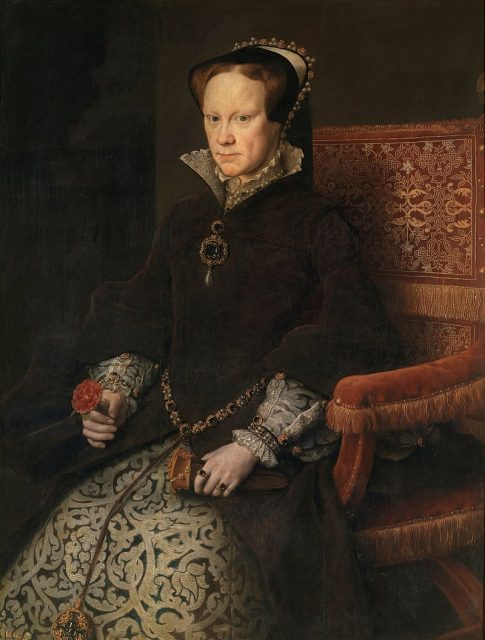
Before the famous “Bloody Mary” cocktail became a regular beverage choice among drinkers, there was the life and figure of the first queen regnant of England and Ireland, Mary Tudor, known as “Bloody Mary.”
During Mary’s reign, from 1553 to 1558, she persecuted and executed many Protestants as she sought to return England to the Catholic Church and thus earned her nickname.
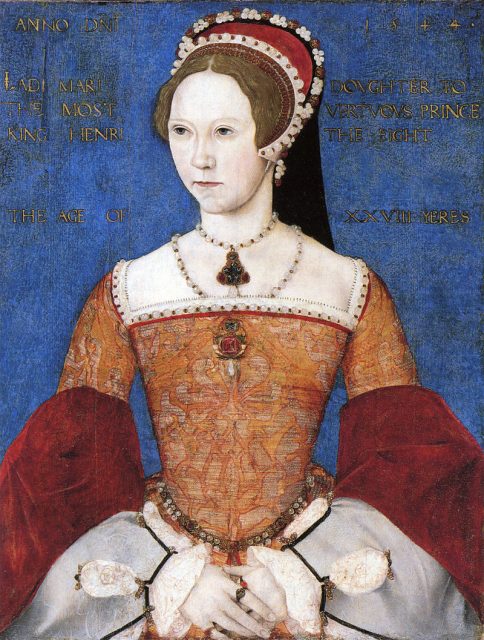
At the beginning of her reign, her half-brother Edward VI tried to remove Mary from the line of succession due to personal religious discrepancies, proposing their cousin Lady Jane Grey for queen.
Mary responded by decapitating Grey and stayed on the throne until her death.
Mae West
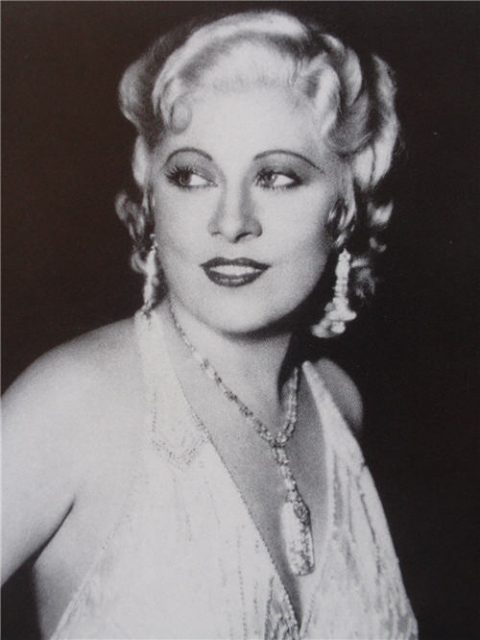
“You only live once, but if you do it right, once is enough,” said one of the most legendary early-Hollywood icons, Mae West, who worked as an actress, playwright, singer and comedian for seventy years.
At the age of 14, she was already recognized as Baby Mae whose acting involved cross-dressing and black face.
Soon after her big breakthrough in Arthur Hammerstein’s Sometime, West became a sex symbol and the muse of the ever-popular Salvador Dali who, inspired by her, painted “Il volto di Mae West” and designed the surrealist sofa “Mae West Lips.”
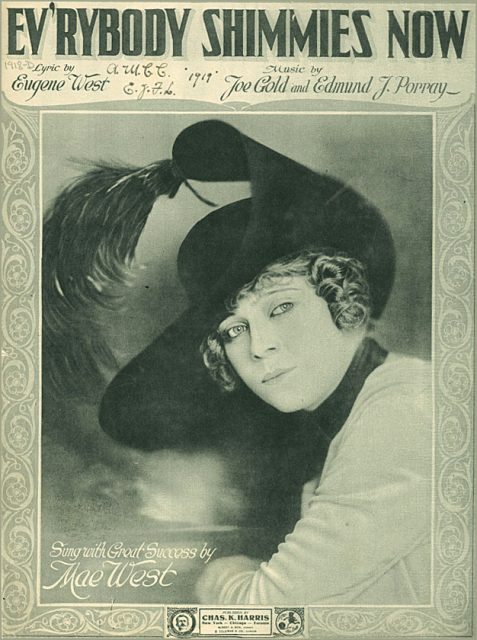
West was a multi-talented artist who wrote nine of the thirteen films in which she stared, describing herself in an interview as “the lady who works at Paramount all day … and Fox all night.”
Her scripts’ trademark were the double entendres for which she was often censored and thus committed herself to write under the pseudonym Jane Mast. Her script “Sex” earned her a short stay in jail and a fine for obscenity.
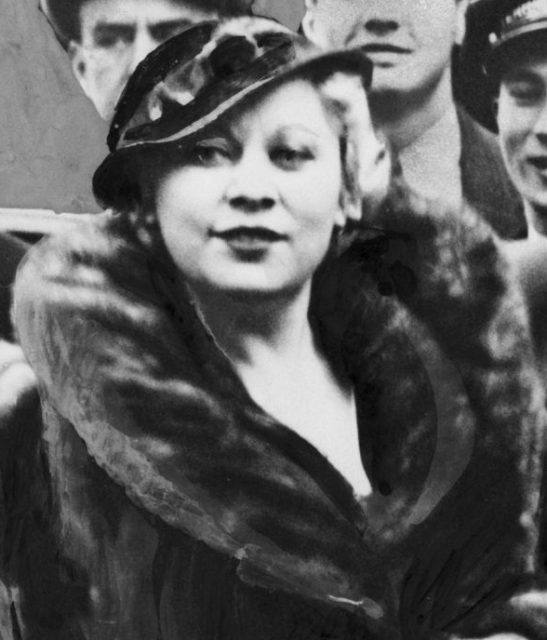
Even the Beatles were charmed by this lady whose picture they decided to use on the cover of their album Sgt. Pepper’s Lonely Hearts Club Band.
Understandably, they reserved her the place next to Lenny Bruce, another fighter for the freedom of speech.
Lady Godiva
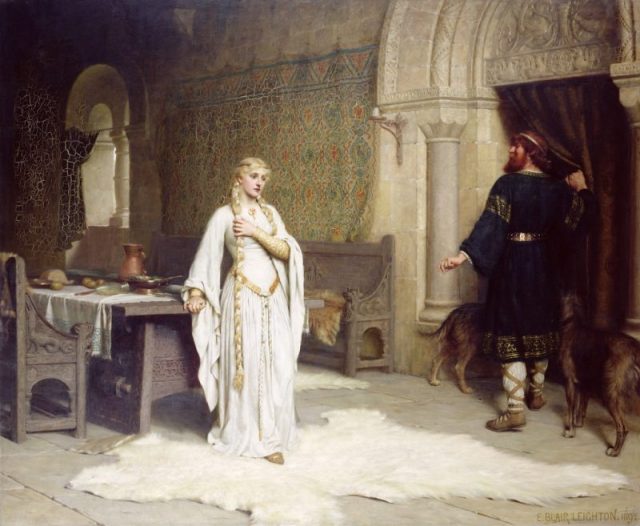
Long locks of red hair and a fair-skinned gracious lady riding naked on horseback is the common image that pops up in the mind when the name of Lady Godiva is mentioned (even as the brand name of the famous Belgian chocolates).
The legend of Godiva’s iconic nude horse ride emerged in the 13th century but reportedly happened during the 11th century. According to the legend, Godiva’s husband, Leofric, Lord of Coventry, troubled the people of Coventry by charging them high taxes.
Lady Godiva felt for the citizens and tried to persuade her husband to lower the taxes but almost all of her attempts were futile–until Leofric agreed to meet her demands only if she took the challenge to gallop naked through the town’s square.
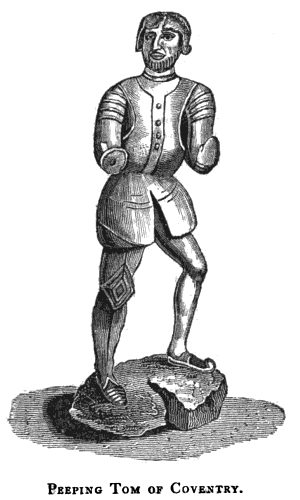
Godiva agreed but under the condition of all the people of Coventry to stay inside their homes and refrain from peeking.
A proclamation was issued and everyone shut their windows except for Tom who consequently was given the nickname “Peeping Tom” and struck blind.
Leofric, however, decided to accept Godiva’s plea and congratulated her bravery by reducing the citizens’ taxes. The legend of this lady tells the story of a feminine Robin Hood who highly sympathized with the power of the common people.
